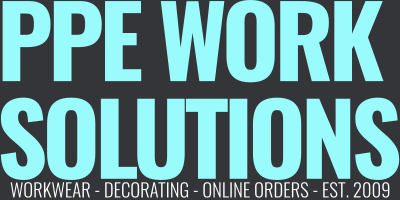Your Cart is Empty
Safety glasses. What’s with all the different lens colours?

So, you’re buying safety specs for yourself or your workers, easy right? You go online find a safety supplier and then you are confronted by pages of work wear specs in different colours. They’ve obviously got clear, but then there’s smoke and yellow. You’ve heard of these but you’re not sure what the advantages are. You then notice an orange lens, then a blue lens followed by amber. It’s at about this point that your head begins to spin a little. Which ones do you need?
You calm yourself and settle on smoke, that’ll be good for outdoors, right? But just as you are about to click buy it now, in your peripheral vision tucked away amongst the related items you spy the in/out lens, which sits next to the polar lens! It’s right about this point that you slowly move your curser up and to the right and click X. That’s enough internet for today. You’ve been left feeling a little confused by all the different colours and styles available!
Sound familiar? When you have more choice than you know what to do with. I know it happens to me regularly when buying products online. Choice is good right, but if you don’t understand the options available making the right choice can sometimes seem impossible.
So, what I’m to do is break it down as simply as possible. Im going to explain what each coloured lens does and when its most applicable to use.
Let’s begin.
CLEAR LENS: This is the most common safety spec out there. It’s a great allrounder and provides excellent visibility.
WHEN TO USE: Indoors or outdoors where there are good visibility conditions.

YELLOW/AMBER LENS: Yellow lens specs help enhance contrast, which makes objects appear brighter. They essentially block out the blue light which helps to eliminate haze.
WHEN TO USE: Best used indoors in low light areas.

SMOKE LENS: The smoke lens offers good colour recognition and can help enhance contrast depth. It as little colour distortion.
WHEN TO USE: Great for use outdoors where glare is a factor.

ORANGE LENS: The orange lens is like the yellow lens, it offers a high level of contrast and effectively blocks out blue and green light that can cause haze and sharpness reduction.
WHEN TO USE: Great for use in low light conditions indoors.

BLUE LENS: Blue lenses are good for their ability to reduce yellow light. This is useful in neutralizing the effects of Sodium Vapor lighting.
WHEN TO USE: Can be used indoor or outdoors. Particularly useful when using incandescent/fluorescent lamps or sodium vapor lamps.

POLAR LENS: The polar lens reduces glare effectively. This helps reduce eye fatigue and stress that are caused by surfaces that reflect the suns rays such as water, ice, glass or car paint. They offer great UV protection.
WHEN TO USE: Outdoors when spending lots of time in sunlight.

IN/OUT LENS: The in/out lens have a multilayer reflective coating deposited on the outer surface of the lens. This protects against glare and provides high visibility in extreme conditions.
WHEN TO USE: Outdoor work with strong sunlight and when doing works that transition between dark and bright conditions.

So, there you have it, no nonsense or jargon. Just a quick guide to point you in the right direction. I would also advise that you check the technical fact sheet of the safety specs or read product descriptions carefully to get a fuller understanding of the specs you are going to buy.

